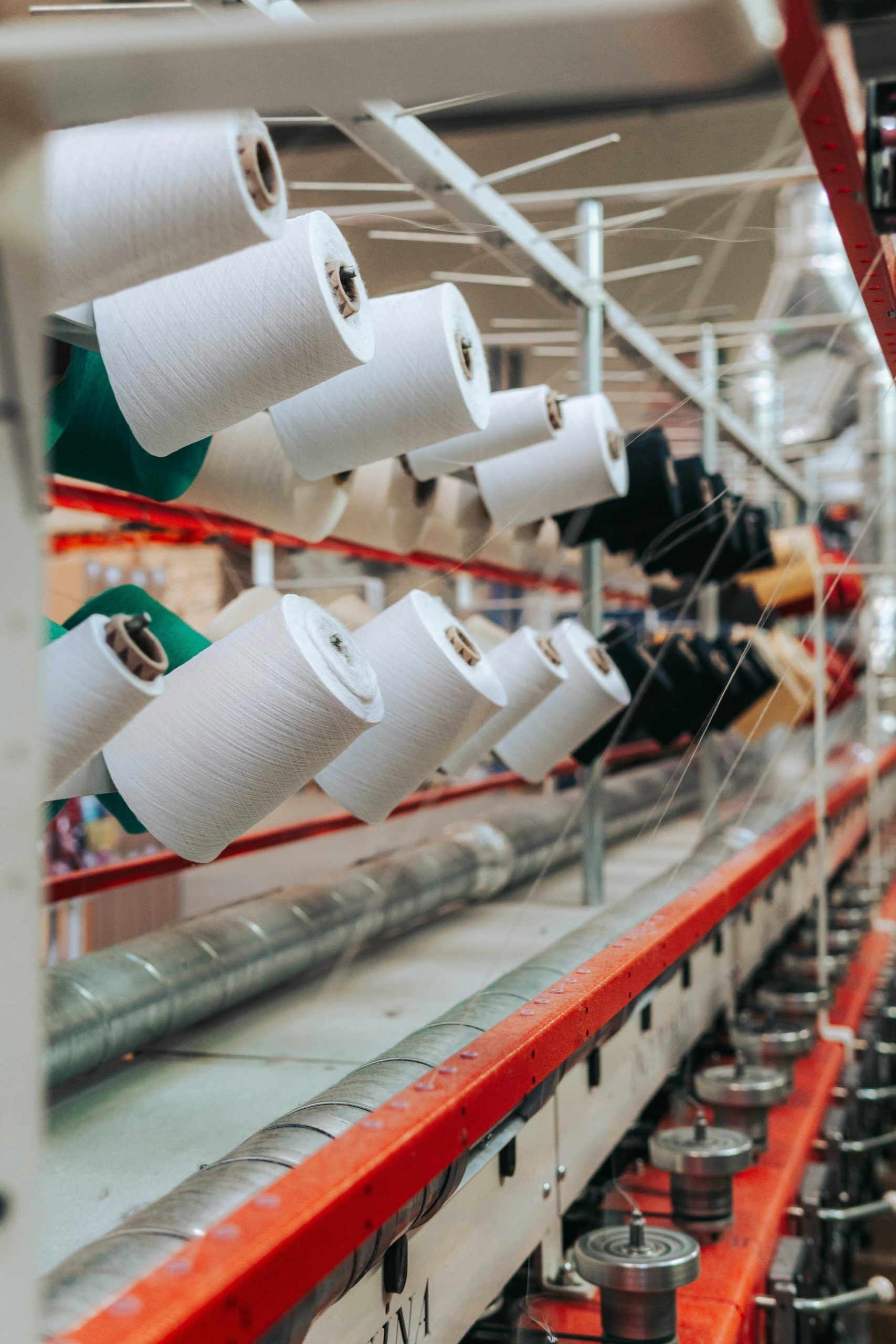
FY26 textile outlook: Improving export demand amid higher competitive edge
Ind-Ra expects enhanced support measures by the government to improve India’s infrastructure in FY26 in terms of boosting investments in downstream capacities and competitiveness in the global market.
India Ratings and Research (Ind-Ra) has maintained a neutral outlook on the overall textile sector for FY26, as it expects a continued Y-o-Y improvement in export volumes led by demand growth in key importing nations as restocking picks up, especially from 3QFY25. With the likely improving Y-o-Y import volumes globally, India’s market share shall continue to increase, given the China-Plus-One sourcing strategy being adopted by most importers and the on-going geo-political issues in other exporting countries, especially Bangladesh, which have led to increased enquiries into India. While the domestic demand growth shall continue, Ind-Ra expects enhanced support measures by the government to improve India’s infrastructure in FY26 in terms of boosting investments in downstream capacities and competitiveness in the global market. Integrated downstream players are better placed than upstream players in obtaining incremental orders.
Cotton prices are supported at current levels amid the cotton deficit likely in the current season on lower production, sustained consumption and an improving export demand. The government increased the minimum support price for cotton in the current season (2024/25) by 7-8 per cent in June 2024. Furthermore, Cotton Corporation of India ( ) is procuring large quantities of cotton during the current season to support prices, and might offload this inventory in the open market later during the season amid the deficit to control any sharp increase in domestic prices. CCI’s intervention shall be critical to cotton price stability and thus, for India’s export competitiveness. The domestic cotton deficit may also lead to incremental imports of cotton in the current season. Despite the 11 per cent import duty on raw cotton, imports may be feasible as the global cotton prices are likely to soften Y-o-Y on the expected surplus crop.
Ind-Ra expects cotton yarn’s export volumes to reduce Y-o-Y in FY25 and FY26, on back of the likely domestic cotton shortage amid sustained domestic demand growth, while cotton yarn imports may increase to fill the gap. Furthermore, considering the ongoing political turmoil in Bangladesh, India’s cotton yarn exports to Bangladesh may reduce gradually as the importers seek to diversify their supplier base and also due to an increase in domestic consumption, in case the export order traction picks up pace.
Ind-Ra expects the domestic demand growth to sustain at 9-10 per cent Y-o-Y over FY26, led by continued growth in the private final consumption expenditure in India at around 7 per cent Y-o-Y. However, elevated spreads between cotton and man-made fibres (MMF) will continue to support partial demand substitution towards MMF textiles. Ind-Ra believes while the cotton market shall be in deficit in the cotton season 2024-25, industry players will witness improved gross margins over FY26 on the export demand recovery led higher realisations.
In line with Ind-Ra’s FY25 Textile Outlook, the export demand is improving over FY25 Y-o-Y, especially 3QFY25 onwards. Ind-Ra expects the momentum in textile exports to continue over FY26, considering the likely demand growth in key importing nations over 2025 especially the EU, the US and the UK. Furthermore, the China-Plus-One sourcing strategy adopted by most importers, political issues in Bangladesh and increasing tariffs from the US on other exporting nations shall play a key role in improving India’s export market share in the textile space. However, such increased prospects shall require adequate infrastructure and capacities. Ind-Ra expects enhanced government support to boost investments in such additional downstream capacities.
Ind-Ra has maintained a Stable rating Outlook for FY26, as the improving export volumes, especially from 3QFY25, shall be supported by continued domestic demand growth. EBITDA margins could improve Y-o-Y in FY26 on better gross margins and increased capacity utilisation, supported by likely stable raw material prices. While the subdued export demand and lower spreads in 1H may keep pressure on margins and credit metrics in FY25, the liquidity profile shall remain comfortable on strong operating cash flows. An improvement in capacity utilisations and healthy liquidity over FY25-FY26 have already been factored into the ratings. Sector players in the ‘IND A’ and above rating categories have demonstrated resilience to disruptions, given their business profile strengths and adequate liquidity. Despite continued high capex by most players, the credit metrics are likely to improve marginally in FY26 on an improvement in the absolute EBITDA.



